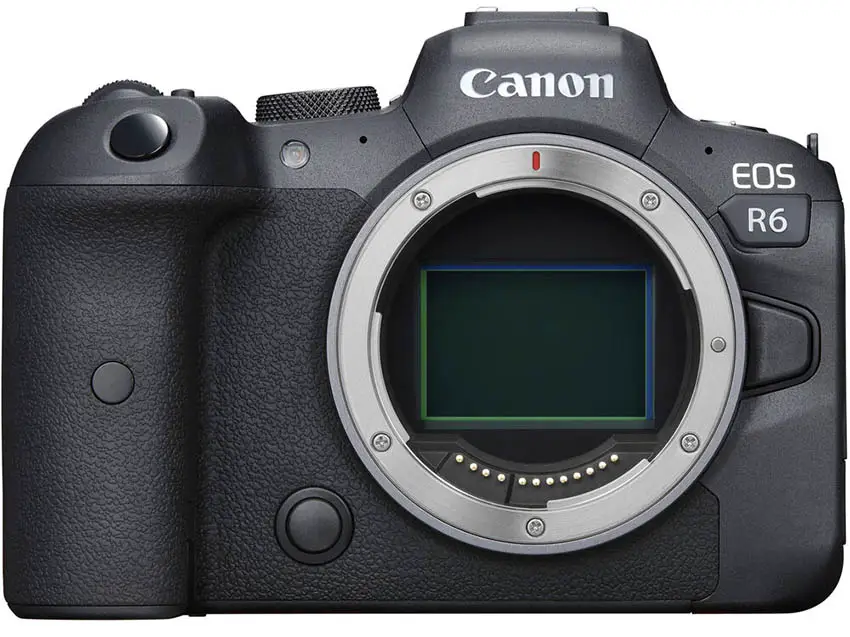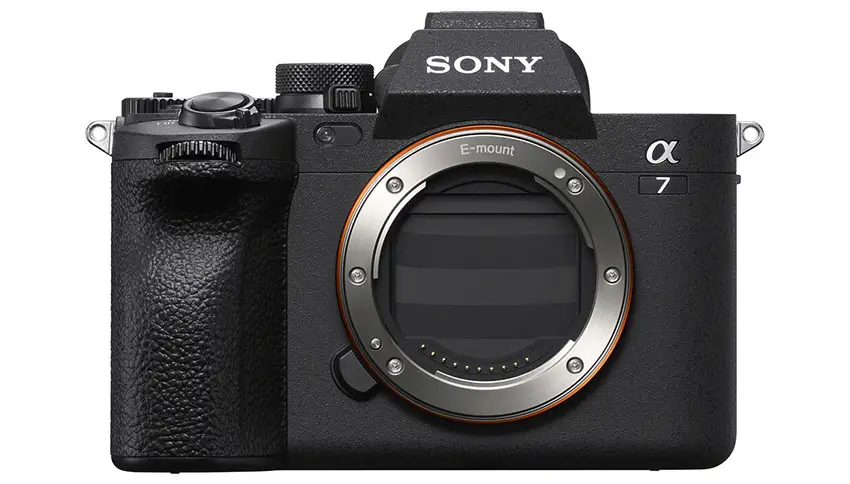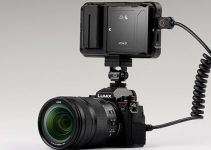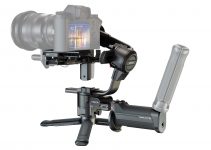For years the Sony a7 III was the king of hybrid shooters with no real competitor to match it. However, with the release of the Canon EOS R6 we were starting to see the other brands jumping in with competitive feature sets – even beating the a7 on more than a few points. Now, Sony is back with the a7 IV and they have come to play.
With the mirrorless hybrid space heating up it could be tough to decide which one to pick. If you need some help, this video from Mark Bennett’s Camera Crisis does a very thorough breakdown of the differences between the a7 IV and R6.
These cameras come in at the same price point, making this a very direct comparison. They even match features with 3.69m-dot EVFs, 4K 60p in 10-bit, vari-angle screens, good autofocus, and good image quality. At their core, it doesn’t seem like you can go wrong with either. Realistically you’d be fine no matter which you buy. However, certain differences might push you towards one or the other.
For major differences it is best to start with the sensor. The a7 IV has a higher 33MP resolution while the R6 is only 20MP. When it matters it matters. The a7 IV also has no video recording limits while the R6 is sticking to 30 minutes. For longer shoots the a7 IV has much better heat dissipation and should not overheat as often as the R6.
One thing in the video that is wrong is that the a7 IV is put as the only camera that can record to both card slots. Since a new firmware update both cameras can actually do this.
Sony offers All-I compression for easier to edit files and theoretically better quality in some shooting scenarios. It also seems like the a7 IV has better dynamic range and low-light performance than the R6.

Image Credit: Canon
For smaller settings the a7 IV has better white balance features for video as it is easier to set while staying in video mode. Apparently on the R6 you need to head back to the photo mode for serious adjustments. You can also save custom modes for video to the mode dial and customize the quick menu on the a7 IV which you can’t on the R6.
Interestingly, only the a7 IV offers aperture and shutter priority modes in video. The R6 is limited to full auto or manual shooting. Another unique to Sony feature is the Focus Map, which comes over from their pro cine cameras for better monitoring.
Lenses is a big part and Sony has been doing this mirrorless thing for a while. The lens selection is much larger both in first-part and with third-party. Canon’s system is still developing and while their lenses are really good, they are expensive and there are few alternatives. Plus, if you use select native Sony glass on the a7 IV you can benefit from a new Focus Breathing Compensation feature that will digitally compensate for breathing.
And the last advantages for the a7 IV are the full-size HDMI port and USB-C port. It’s so nice using full-size cables. Plus, you can now just plug in via USB to use the camera as a webcam with up to 4K 15p or Full HD 60p.

Image Credit: Sony
Now it’s Canon’s turn. For stills the R6 has much faster shooting speeds – up to 12 fps with mechanical shutter or 20 fps with electronic. For sports and burst shooting this is an easy win. The R6’s shutter is also a lot quieter, which makes a difference when you aren’t using the electronic shutter mode.
4K 60p recording is on both, but the R6 only crops in 1.1x while the a7 IV is a full 1.5x Super 35mm crop. This is a benefit of the lower-resolution sensor. The only issue is that 4K 60p might overheat the R6 faster.
Both cameras do have image stabilization built-in, but the R6 can actually get 8 stops of compensation with select IS-equipped lenses as the mechanisms will stack. Sony can get a different stabilization effect using the Catalyst Browse software, but that workflow isn’t ideal.
One area where Sony still hasn’t caught up is basic ergonomics. Some people might prefer Sony today, but Canon’s designs have been super good for photographers and videographers. I shoot Sony and still prefer the feel of other brands.
And the last point for Canon is the rear screen. It’s a higher-resolution 1.66m-dot LCD that is sharper and brighter. The Canon screen looks a lot better and if you are using it all day that can make a big difference.
It might not seem like it but it is a very close call between the cameras. For some features might be much more important than others. For example, if you are more of a sports shooter with limited video use than the R6 is easily the better pick. On the other hand, if you just need a camera that will run for lengthy shoots the a7 IV may be more reliable.
Which would you pick?
[source: Mark Bennett’s Camera Crisis]
Order Links:
Disclaimer: As an Amazon Associate partner and participant in B&H and Adorama Affiliate programmes, we earn a small comission from each purchase made through the affiliate links listed above at no additional cost to you.



